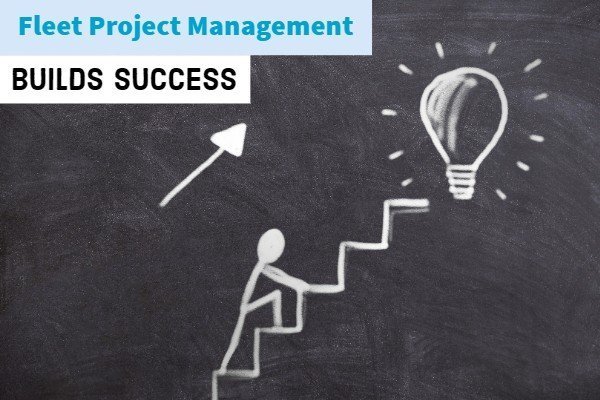Most people worked on a project at some point of their life. For instance, it could be as personal as painting a room in a house. Or, it could be a complicated fleet project management experience.
In this guide, we’ll discuss project management fundamentals. Afterwards, we’ll illustrate how to adapt those fundamentals into fleet management.
What is Project Management?
What is project management? Project management means organizing resources to finish a temporary job. Because projects are temporary, project managers need to be flexible.
Tahbit Chowdhury works as a Project Manager at GoFleet, one of ZenduIT’s partners. “Project management is similar to molding, “ explained Chowdhury. “Projects always evolve based on customer requests. For that reason, project managers need to mold something new to every project.”
That being mentioned, even though project management is flexible, professors will teach a general project management framework. This framework consists of items such as gathering requirements, organizing resources, executing projects, and collecting feedback.
What’s an Example of Good Fleet Project Management?
Fleet project management usually involves implementing a new program or process.
Chowdhury noted that fleet project management is an exciting field because project managers act as consultants for rookie users.
Often times, clients don’t even know what they need out of a project.“Fleet project management is like trying sushi for the first time,” joked Chowdhury. “A few years ago, I needed people to show me what to order. Nowadays, I know exactly what I want.”
In the same way, fleet project managers need to navigate through uncertainty. Chowdhury mentioned three principles for success – Requirement Engineering, Work Design, and Post Implementation.
Requirement Engineering
Projects need clear requirements because project managers evolve requirements into solutions. However, what if the client is unsure about what they need? This happens often in fleet management. In these situations, project managers need to use “requirement engineering” before starting project planning.

Requirement engineering involves consulting customers on how to use a system. For instance, project managers might arrange pilot programs and training sessions for clients. After that, clients gain a better understanding on what they can get out of the project. As a result, clients can relay those requirements and project management can begin.
Work Design
After determining project requirements, the next step is aligning requirements with solutions. A good example are Tesla vehicles.

“Tesla design vehicles based on client requirements,” said Chowdhury. “For example, Tesla had a project with a specified battery life requirement. However, after user testing, they learned that a majority of clients prefer a specific car colour. Project managers had to then balance productivity with marketability by adding the car colour.”
Post-Implementation
Lastly, successful project managers conduct post-implementation. This involves reviewing the project.

For instance, project managers often review requirements against solutions. Did the solution meet customer expectations? If not, how can things improve for next time?
Another reviewable item is team management. For example, did the project finish on time? Did everyone on the team perform well? Project managers can use this feedback to better plan future projects.
Summary
Fleet project management, and project management in general, is an dynamic role. Even though there isn’t a one-size-fit-all approach, project managers found success by adapting frameworks into diverse projects.







































